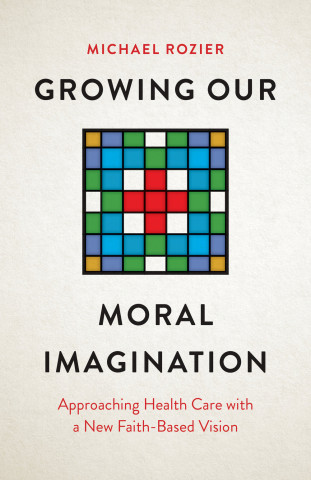
Reviews
Carefully researched and full of novel insight about the genesis of the Affordable Care Act, A Government of Insiders is a unique and highly compelling contribution to the analysis of policy elites. This fascinating book should be of interest to students of health care policy and, more generally, to scholars working on the role of experts in policy development, in the United States and beyond.
Genieys focuses on a technocratic policy elite whose expertise and political savoir faire have been under-appreciated in the design and implementation of Obamacare. Like Tocqueville, he views the US from an implicitly comparative perspective. Although his interviews and sociographic analysis are more formal in style, the result is equally insightful.
Book Details
Foreword, by Larry Brown
Acknowledgments
List of Tables
Acronyms and Abbreviations
Introduction
Part I. The Custodianship of State Policies: A Government Out of Sight
Chapter 1. A Government of Insiders
Foreword, by Larry Brown
Acknowledgments
List of Tables
Acronyms and Abbreviations
Introduction
Part I. The Custodianship of State Policies: A Government Out of Sight
Chapter 1. A Government of Insiders: Unelected Governmental Elites Acting as Custodians of State Policies
Chapter 2. Variations in the Custodian Role: From the NHI Project to the Clinton Plan
Part II. The Making of Long-Term Health Insiders
Chapter 3. Mapping the Health Coverage Policy Elites
Chapter 4. The Clinton Plan Veterans: Career Paths Marked by a Collective Failure
Chapter 5. From Late Clintonism to Obama: Shared Career Paths?
Part III. The Hidden Origins of the Affordable Care Act: Elite Configurations and Programmatic Changes
Chapter 6. The Clinton Plan: Programmatic Fragmentation and Divided Elites
Chapter 7. The Impossible Government of "Strangers"
Chapter 8. The George W. Bush Years: Clinton Plan Veterans Make the Next Reform Possible
Chapter 9. Behind the Congressional Votes: Custodianship and the Politics of Accommodation
Conclusion
Appendix 1. Methodology: A Programmatic Elite Framework
Appendix 2. Interviews for the OPERA (2009-2012) and PRoAcTA (2018-2021) Research Programs
Notes
Bibliography
Index





